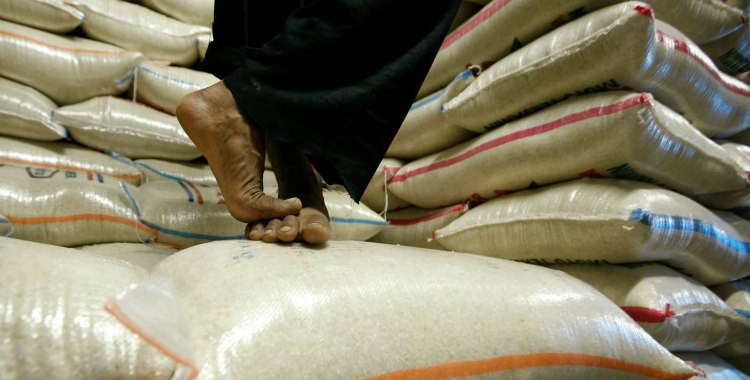Between January and March, imports had a quarterly growth of 18.65 percent, after four consecutive quarters of reduction.
In year-on-year terms, they reduced 6.71 percent, reaching US$509.9 million compared to US$546.6 million in 2024, highlights the commercial bank's weekly analysis, dated June 10.
Joyce Domingos, coordinator of this analysis at Banco Millennium Atlântico (BMA), justified the quarterly increase in imports of food products by alluding to the Government's strategy for food security.
“The emphasis in terms of imports has been on basic and priority food items”, she highlighted in statements to Lusa.
The BMA also highlighted that the import of basic and priority food items, under the Support, Export Diversification and Import Substitution Program (Prodesi), stood at 360.48 million dollars in the first quarter of 2024.
These imports represented quarterly and year-on-year growth of 19.55 and 6.26 percent, respectively, says the bank.
The year-on-year increase was justified by the increase in some products included in the basic basket, with emphasis on imports of horse mackerel, which soared from 7.61 million dollars in the first quarter of 2023 to 281.45 million dollars in the first quarter of 2024.
Sugar imports went from 12.75 million dollars to 54.35 million dollars and corn grain went from 1.80 million dollars to 7.05 million dollars, with significant increases in oil imports food, rice and onion.
According to this analysis, rice (24.34 percent) occupied the largest share of total food imports in the months of January, February and March 2024 with an additional 10.58 percentage points, followed by chicken meat, sugar, cooking oil and palm oil.
Despite the increase in rice imports, as it is considered one of the most consumed products nationally, being part of the top 10 most imported products in the country, “there is still a significant deficit between consumption and supply”.
The analysis also highlights that, in 2023, rice production stood at 36 thousand tons, while the consumption need stood at 528 thousand tons, almost 15 times more - making it necessary to import this food item.
In the first quarter of 2024, rice imports stood at 95.68 thousand tons, which covers only 18 percent of the rice consumption forecast for 2024.







